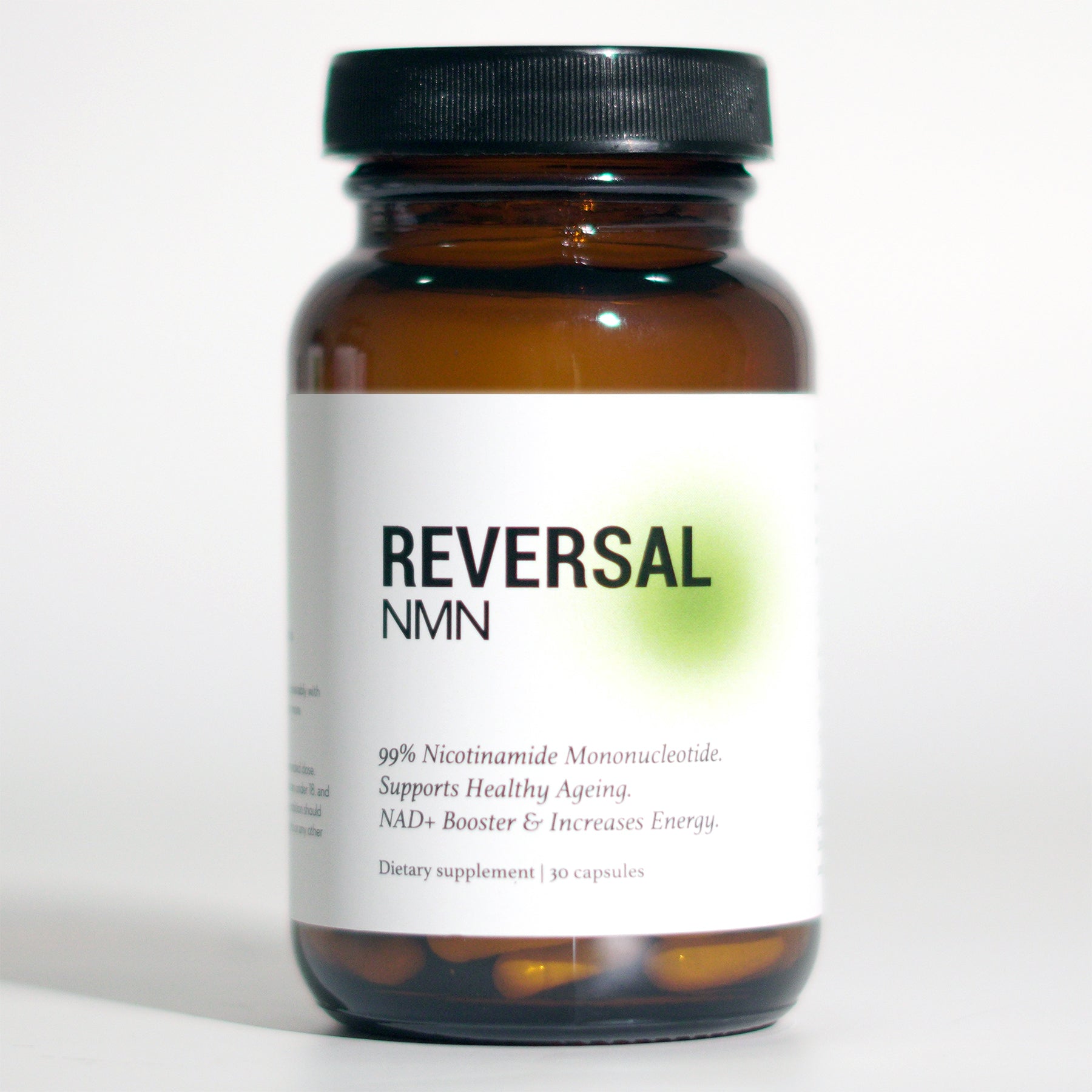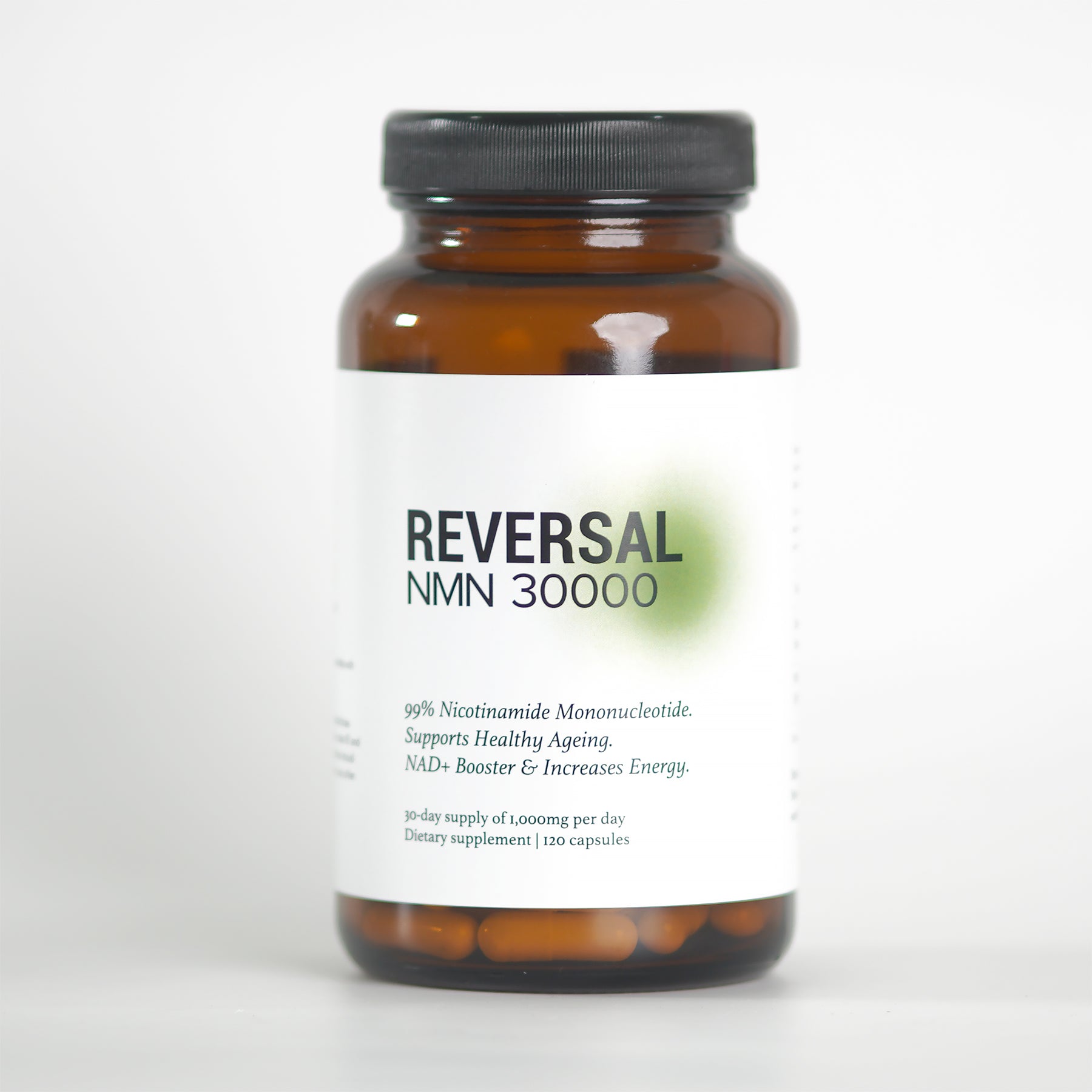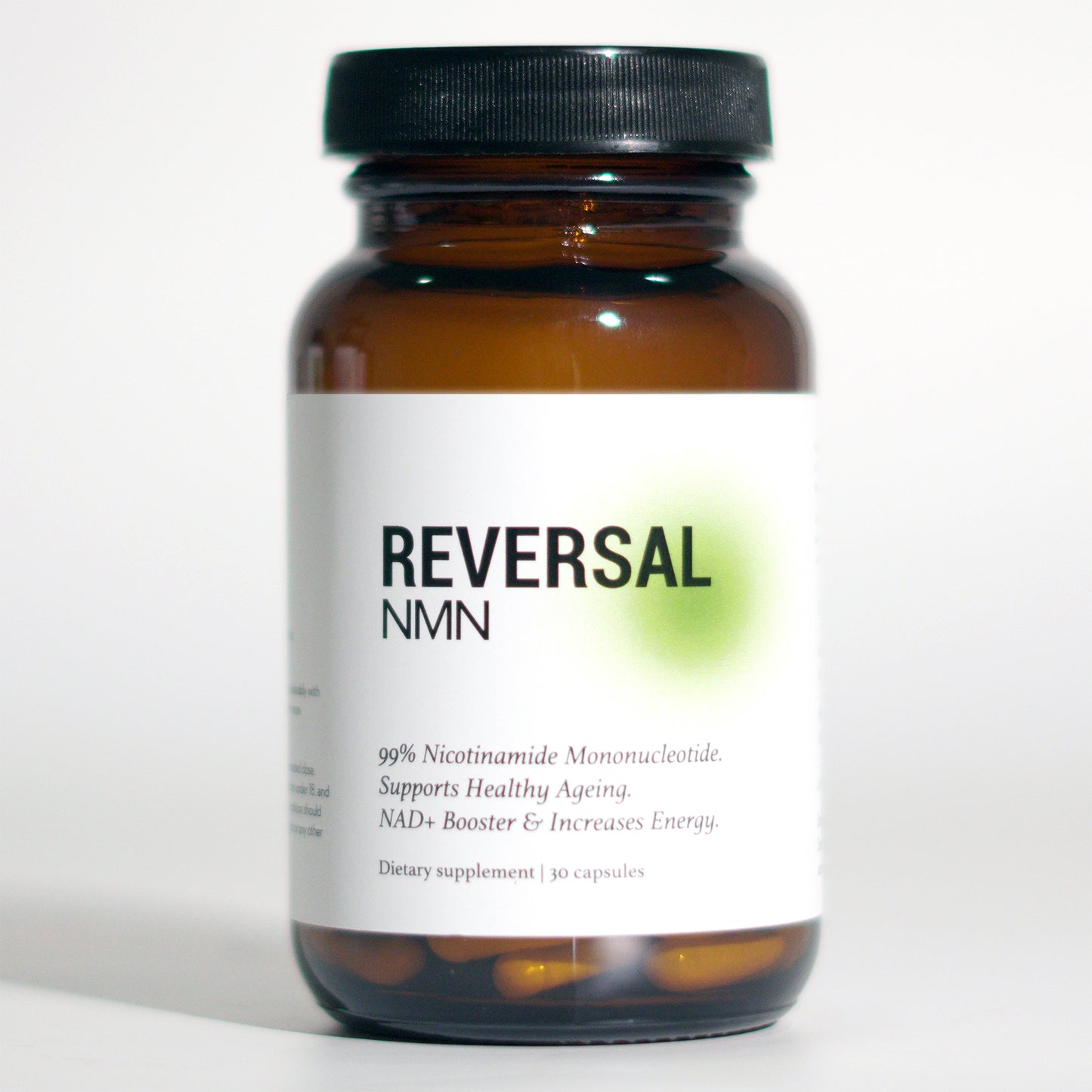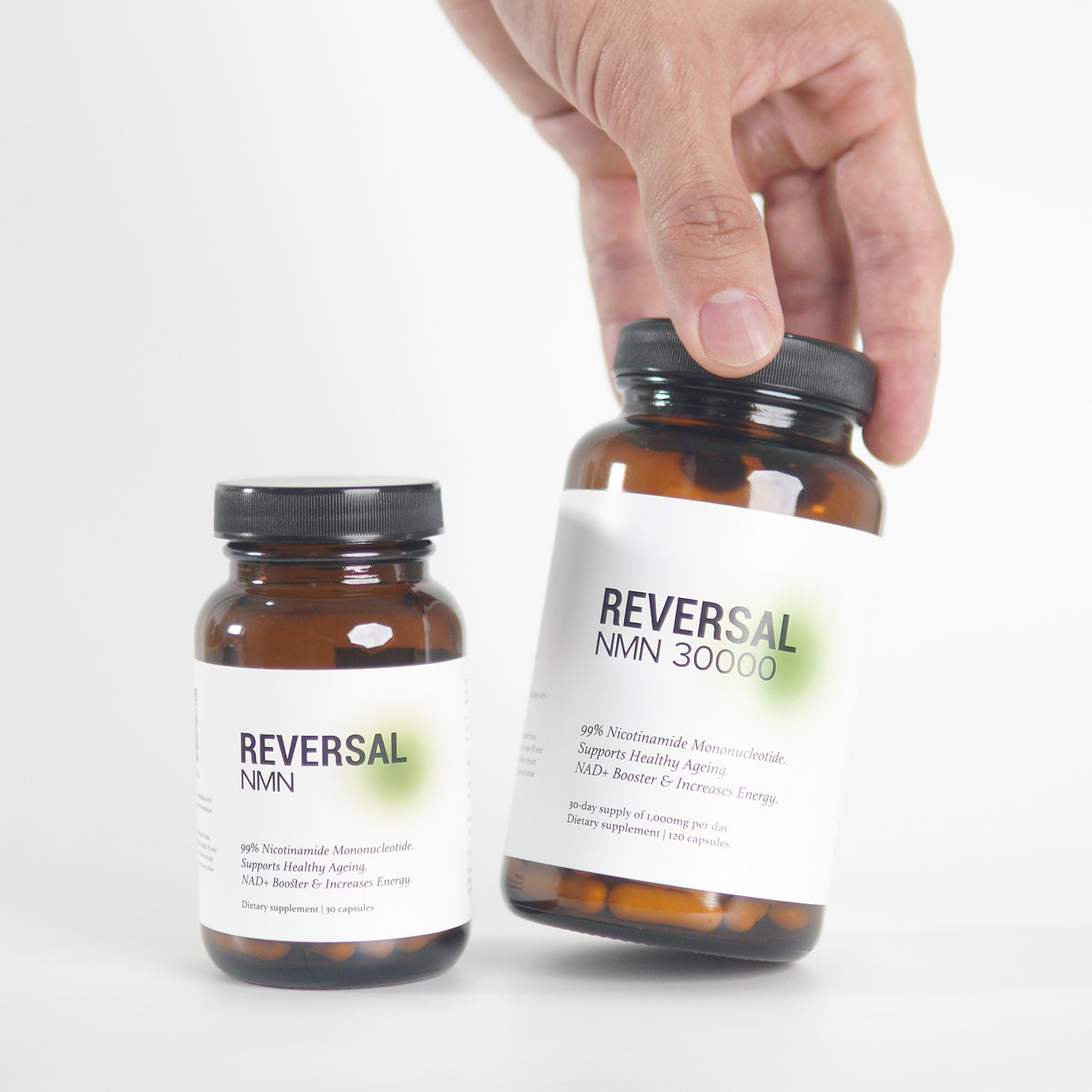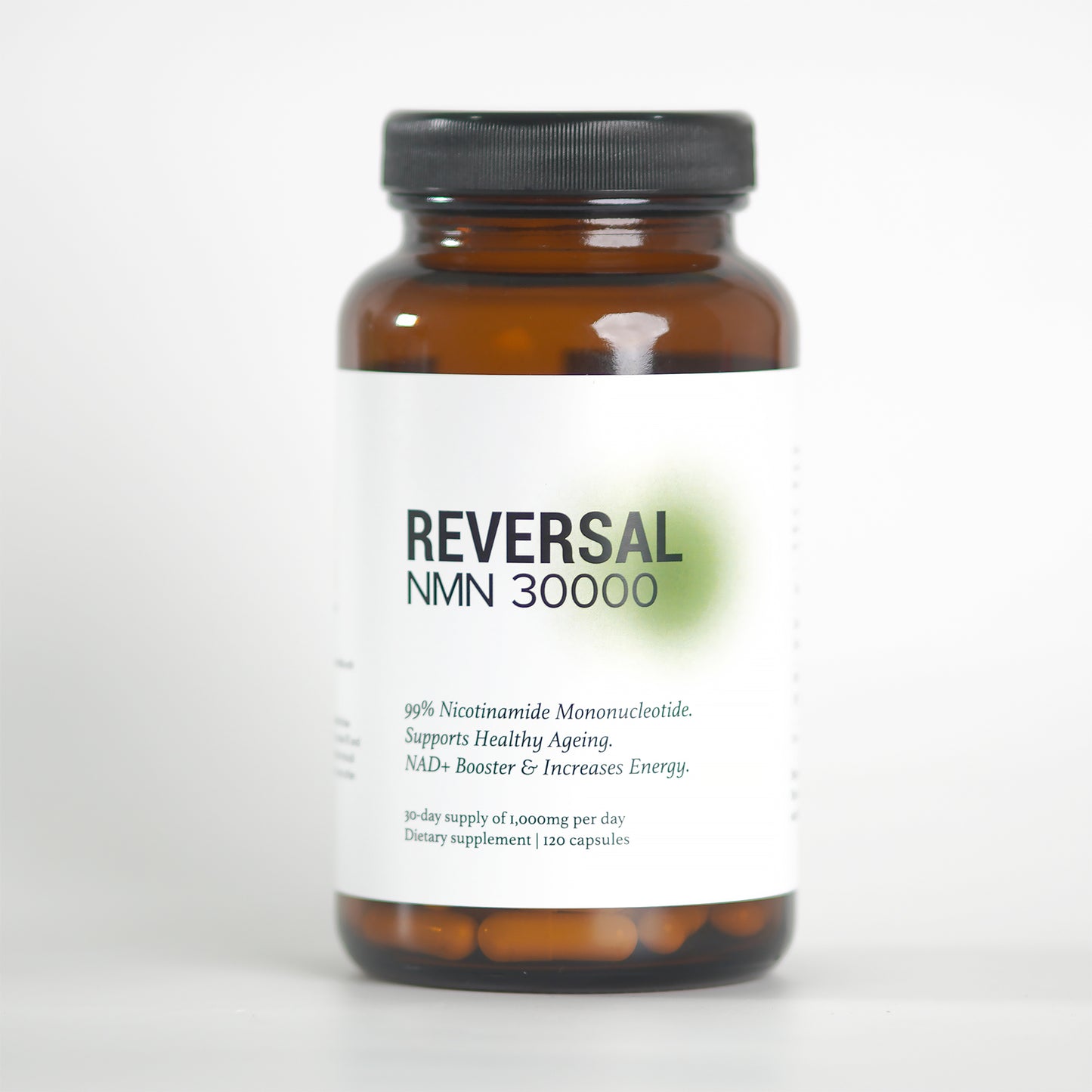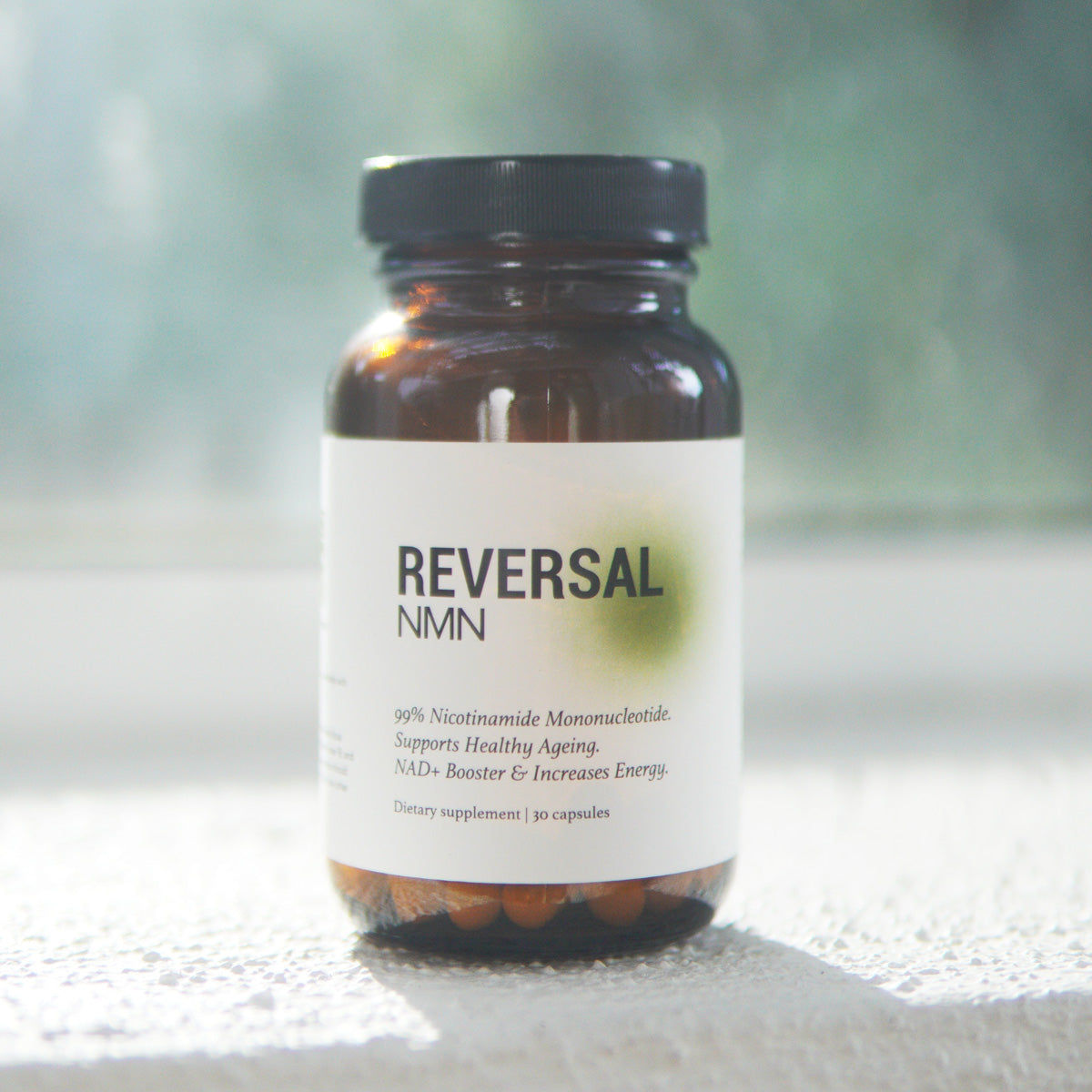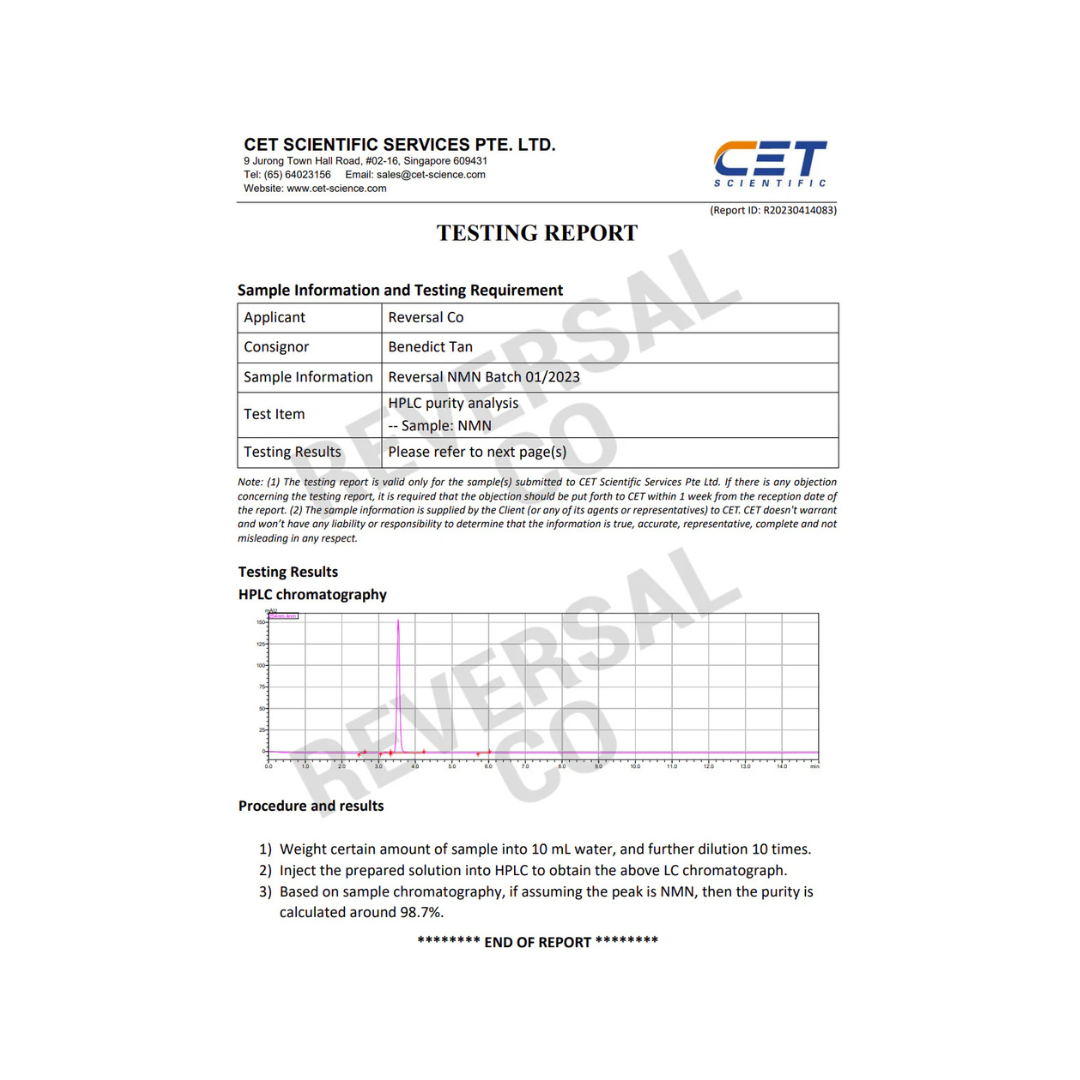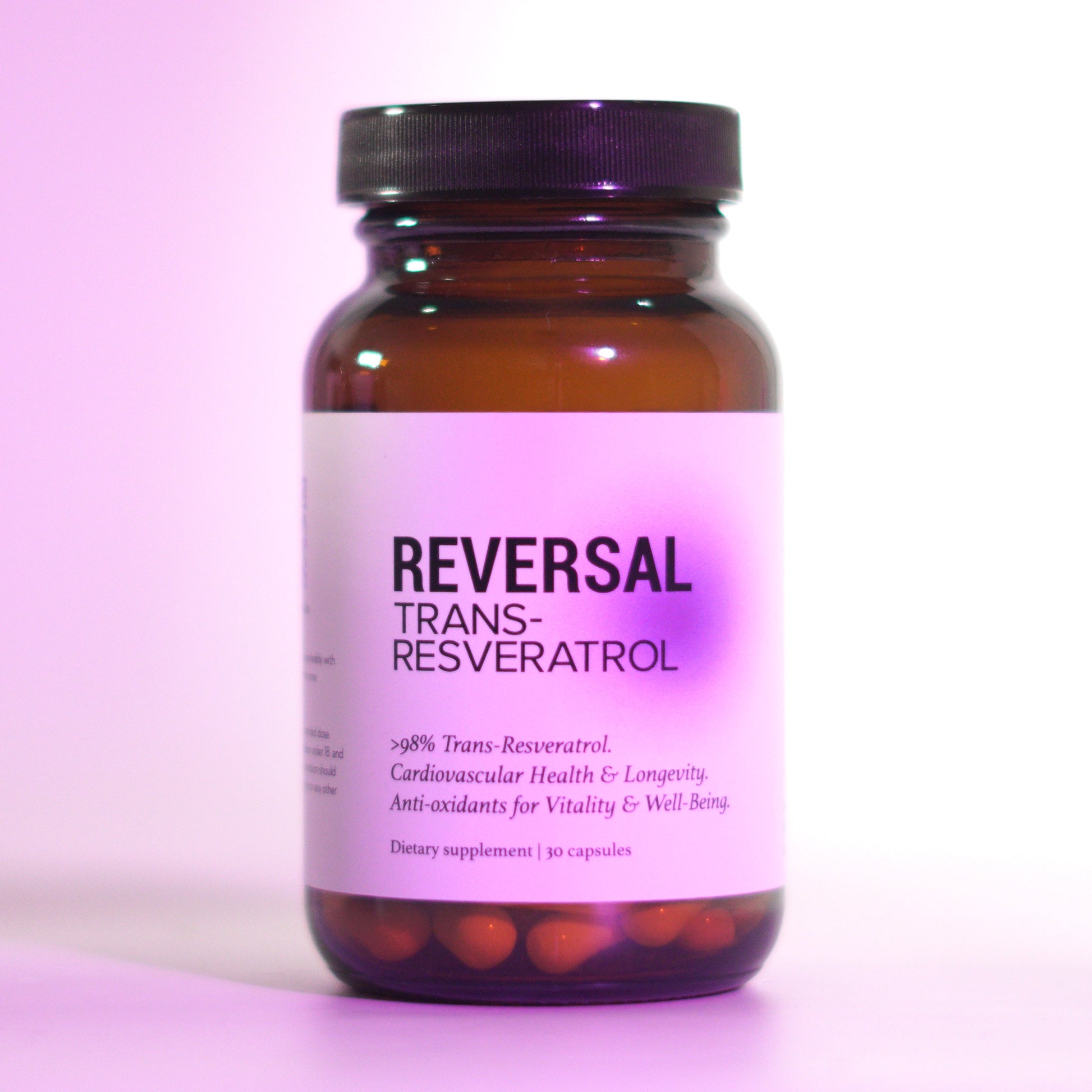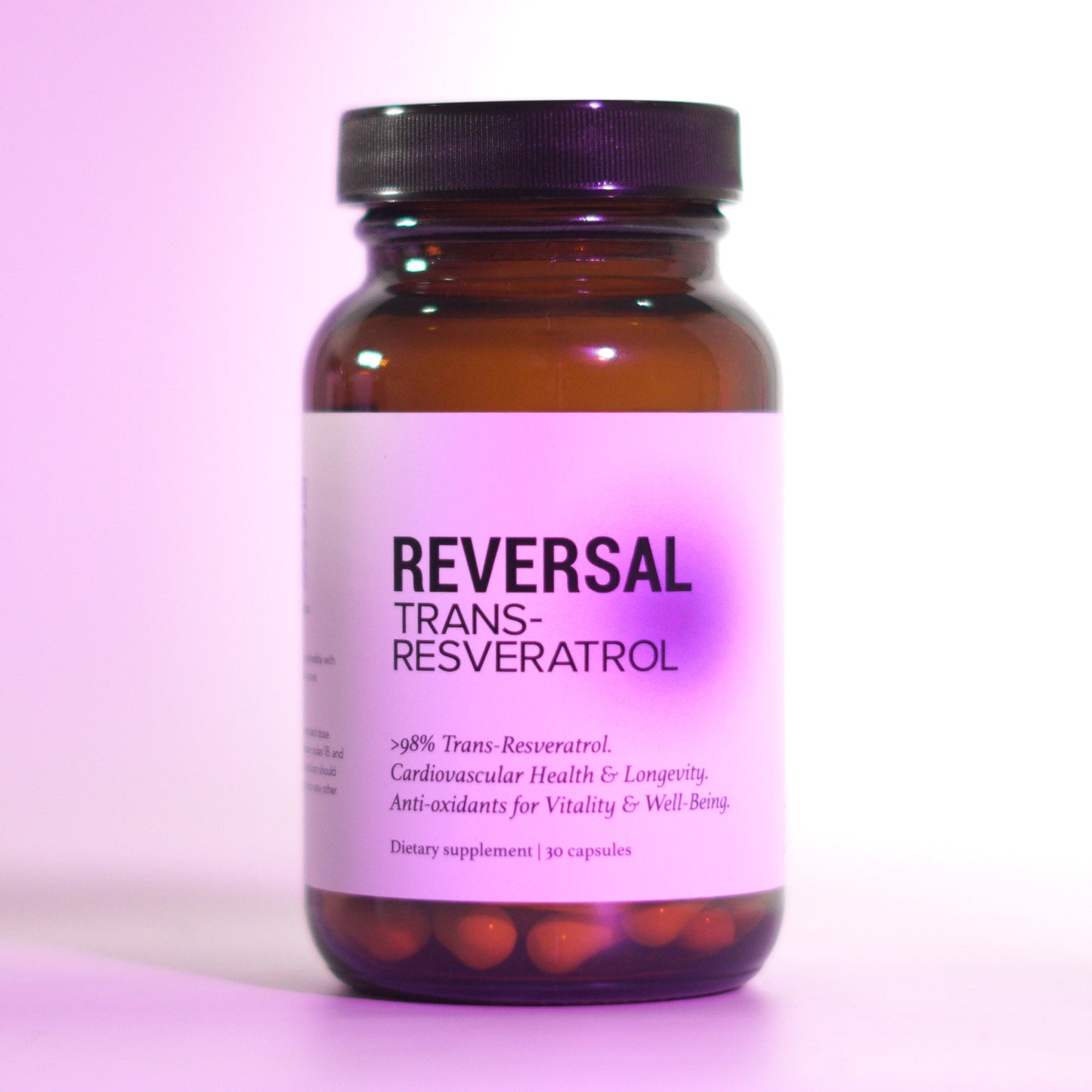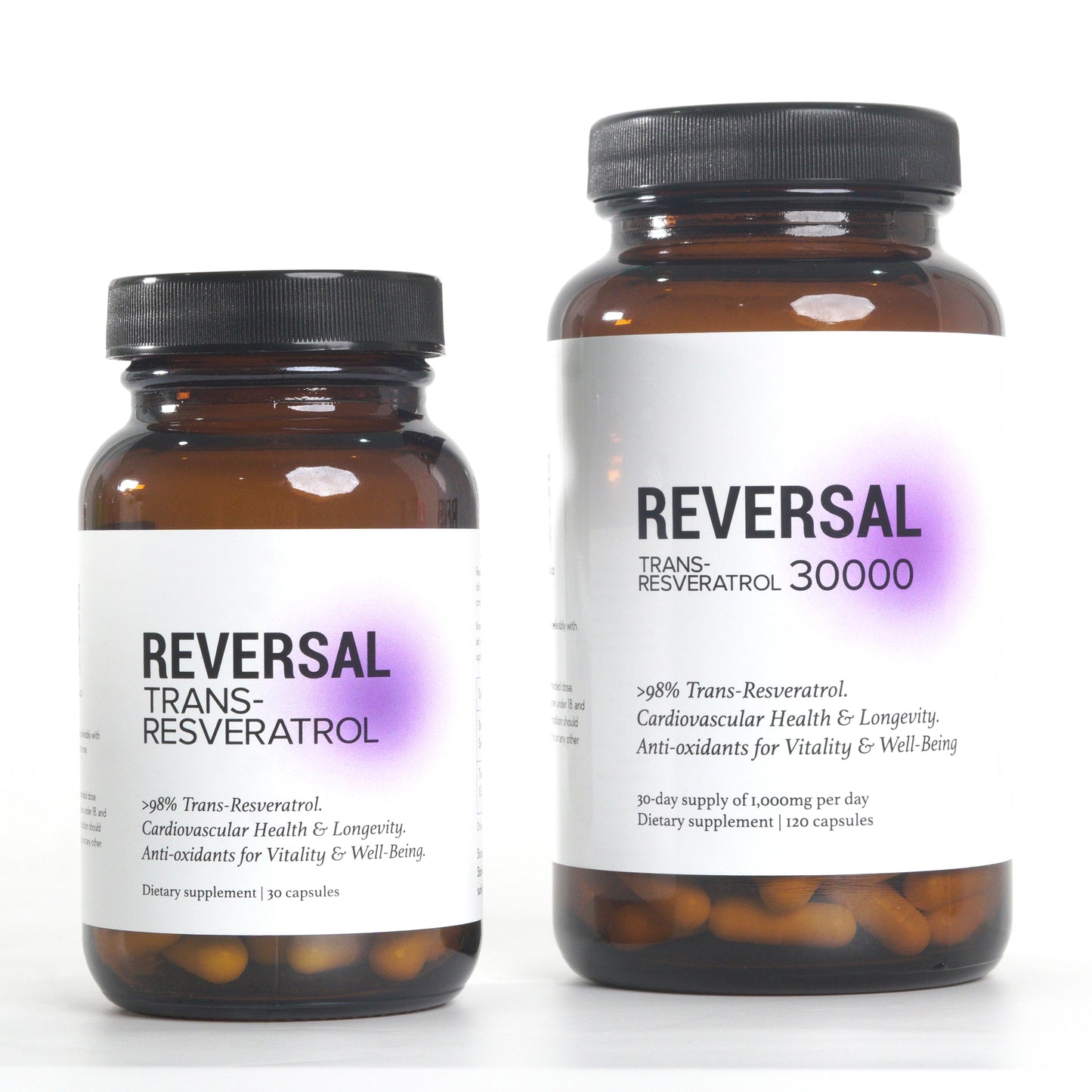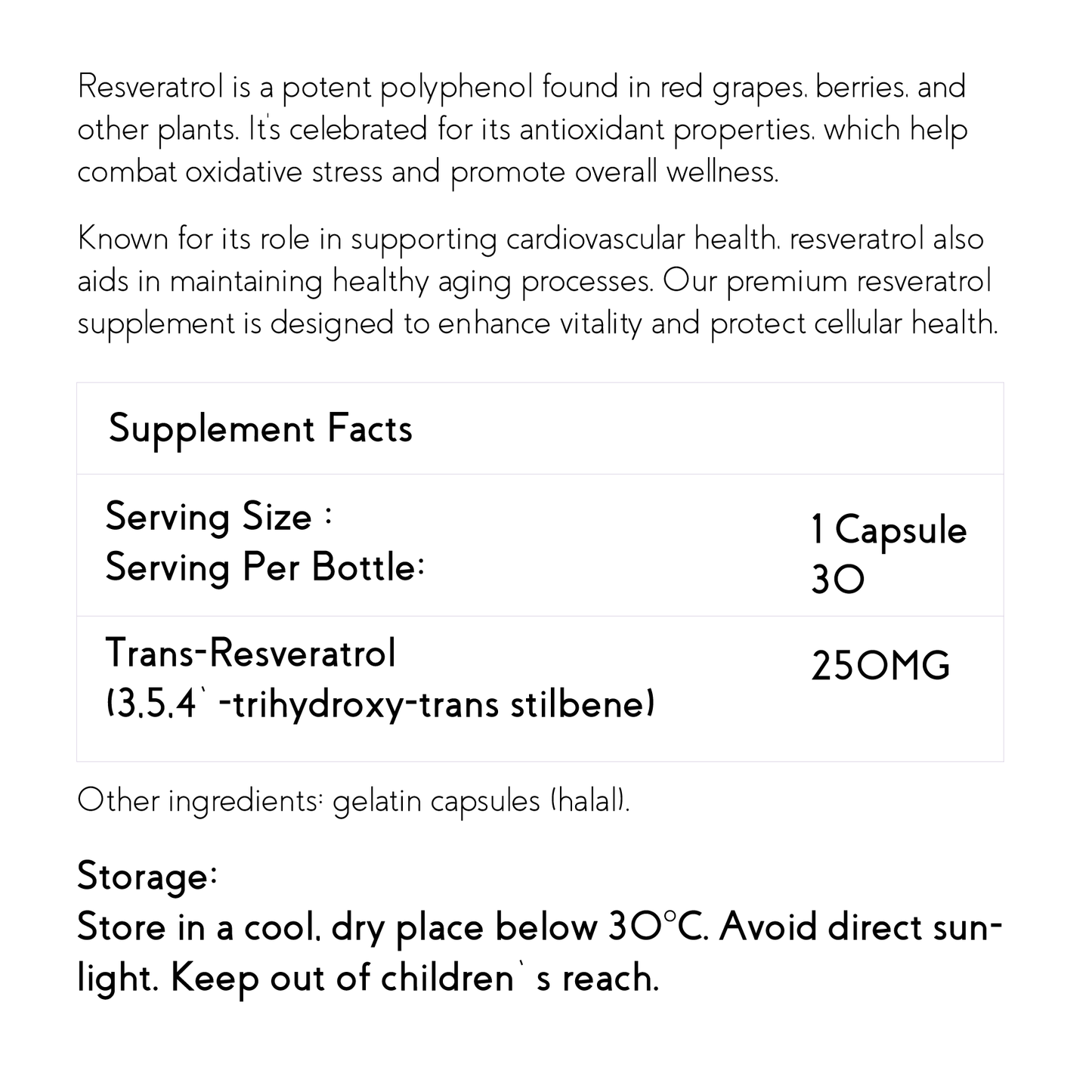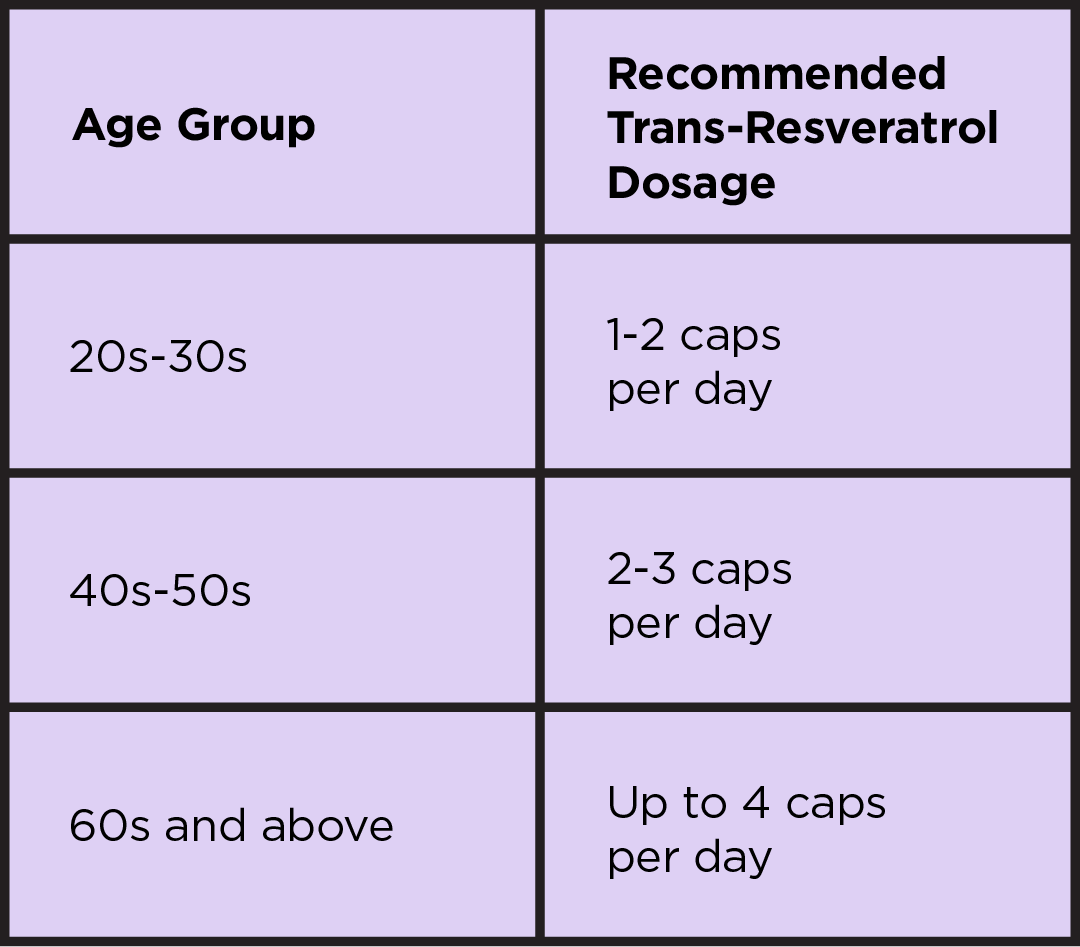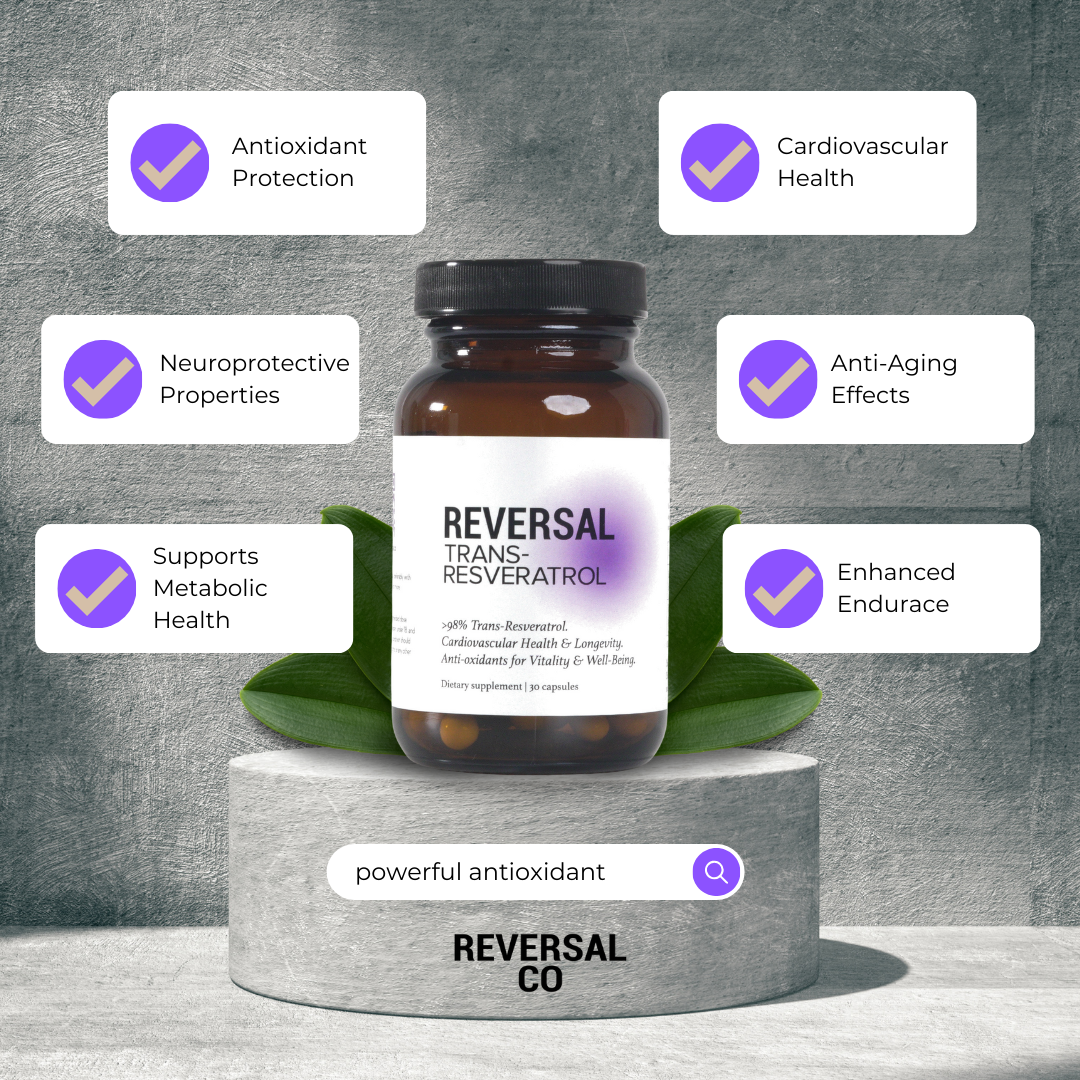Exploring the Potential Health Benefits of NAD-Boosting Compounds
Introduction
Numerous studies have investigated the potential anti-aging and health-promoting effects of compounds that boost nicotinamide adenine dinucleotide (NAD+) levels. However, the understanding of how these compounds, such as nicotinamide riboside (NR) and nicotinamide mononucleotide (NMN), affect NAD+ tissue distribution and mechanism of action is still incomplete.
Studying the Effects of NMN on NAD+ Homeostasis
A recent study conducted on mice used NMN administered through injection or oral gavage to evaluate its effects on NAD+ homeostasis. The researchers employed a novel triple-isotopically labeled NMN to study its metabolism and NAD+ biosynthesis in various tissues and organs.
Comprehensive Characterization of NMN's Impact on NAD+ Concentrations
The results of the study provide a comprehensive characterization of the impact of NMN on NAD+ concentrations in different tissues and the whole body. It was found that mice primarily utilize the nicotinamide and NR salvage pathways for generating NAD+ from NMN, with the uptake of intact NMN playing a minimal role.
Insights into NAD+ Homeostasis and Therapeutic Potential
The tissue-specific effects of NMN administration offer insights into whole-body NAD+ homeostasis, providing a foundation for the development of NMN as a therapeutic supplement in humans. Increasing NAD+ levels has been linked to various beneficial effects such as mitochondrial biogenesis, improved insulin sensitivity, resistance to obesity, protection against cell death, and increased lifespan in mice.
Findings of the Study
The study measured NAD+ concentrations in various tissues in mice and found that the kidney and liver had the highest NAD+ concentrations, while the heart had the highest concentration among the remaining tissues. NAD+ concentrations varied up to 30-fold across tissues.
Administration of NMN through injection led to significant increases in NAD+ concentrations in the liver and kidney, while oral gavage had less pronounced effects. Furthermore, NMN administration resulted in increased NAD+ content in the liver and kidney, while the other organs showed minimal contribution.
NMN's Metabolic Fate in Vivo
The study shed light on NMN's metabolic fate in vivo. It was found that most absorbed NMN undergoes degradation to nicotinamide and NR before being utilized for NAD+ synthesis. A small fraction of administered NMN is incorporated intact into NAD+, particularly in the kidney and white adipose tissues.
Future Implications and Limitations
The findings of this study provide novel insights into the dynamics of NAD+ metabolism and the potential applications of NMN in human health. However, there are limitations to consider, such as incomplete examination of isotopic profiles and quantities, limited generalizability to different population groups, and potential measurement biases due to tissue collection order.
Conclusion
Overall, this study enhances our understanding of NAD+ metabolism and the effects of NMN on NAD+ concentrations in various tissues. It lays the groundwork for further investigations into the potential therapeutic applications of NMN for promoting health and longevity.
Supplementary Materials and Funding Details
The supplementary materials and additional data files associated with this study can be accessed through the provided URL. The study was funded by the National Institute of Aging and the Research Alliance Fund, with grant numbers mentioned. The authors of the study contributed to different aspects of the research process and have confirmed their agreement with the published version of the manuscript.
Important Notes
The content of this article is the responsibility of the individual authors and contributors, and not MDPI or its editors. The mention of any methods, instructions, or products does not imply endorsement or responsibility by MDPI or its editors. Informed consent was not applicable in the context of the study. Data relevant to the study are available from the corresponding author upon reasonable request. The authors also disclose their intellectual property and research alliance fund support.
Title of paper: Triple-Isotope Tracing for Pathway Discernment of NMN-Induced NAD(+) Biosynthesis in Whole Mice
Author(s): Sauve AA, Wang Q, Zhang N, Kang S, Rathmann A, Yang Y.
Year published: 2023
Published in: Int J Mol Sci
Original article can be found here.


